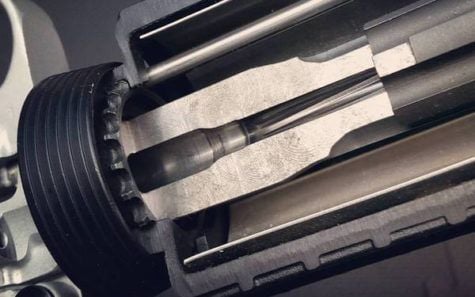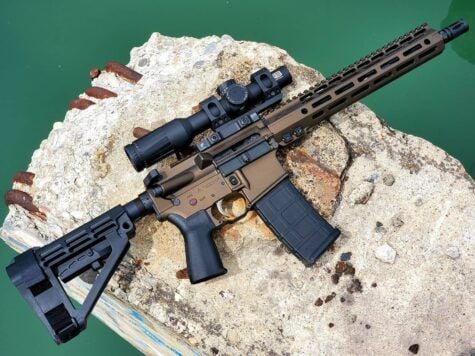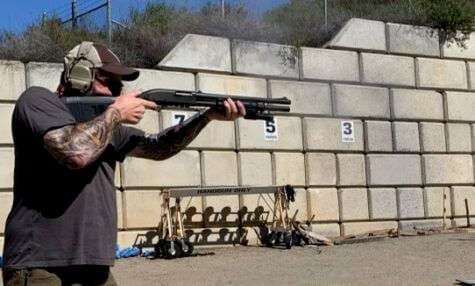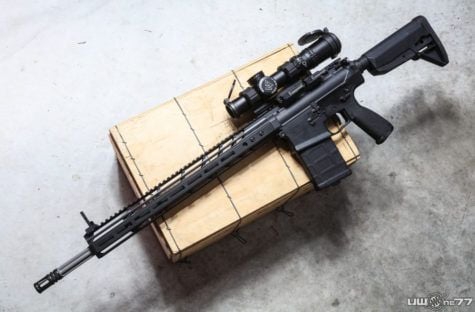
Spend enough time in online AR-15 groups and you start to notice some patterns…common AR-15 myths taken as gospel by both newer and more experienced builders. In addition, the cult of “good enough” remains pervasive, as does the sometimes irrational over-confidence in parts that come with a high-price tag. To discuss, we recently spent some time talking to Chad Albrecht at School of the American Rifle.
In case you missed the first part of our two part conversation, we spoke to Chad about the beginnings of the School of the American Rifle, common builder misconceptions, and we discuss the ebb and flow of quality control within the firearms industry. You can read that article here.
Q: Chad, I’d like to talk about common AR-15 myths when it comes to building. One side buys into the myth of “good enough”, but then conversely, you’ll also see builders who think they can simply spend their way out of potential problems.
Chad Albrecht – School of the American Rifle: I’ve had numerous situations where builders spend and buy things from well-respected companies, but If I did not replace something for them during the class (because I keep a small stockpile of parts) then they would not have left the class with a completed build. So you never really know what you’re truly getting…
Q: In our last article, we spoke on the importance of gauging. This is a good example of why that’s important, I’d imagine.
Chad Albrecht – School of the American Rifle: This is where the gauging comes in. People are quite happy spreading one of the most common AR-15 myths…that these parts are Legos, and that builders can just slap them together.
However, if you don’t watch how the parts fit together, if you don’t watch and look to see that things that should be floating actually float, that things that should be stationary are actually stationary, and if you don’t gauge, well then you’re basically just guessing. That bothers me.
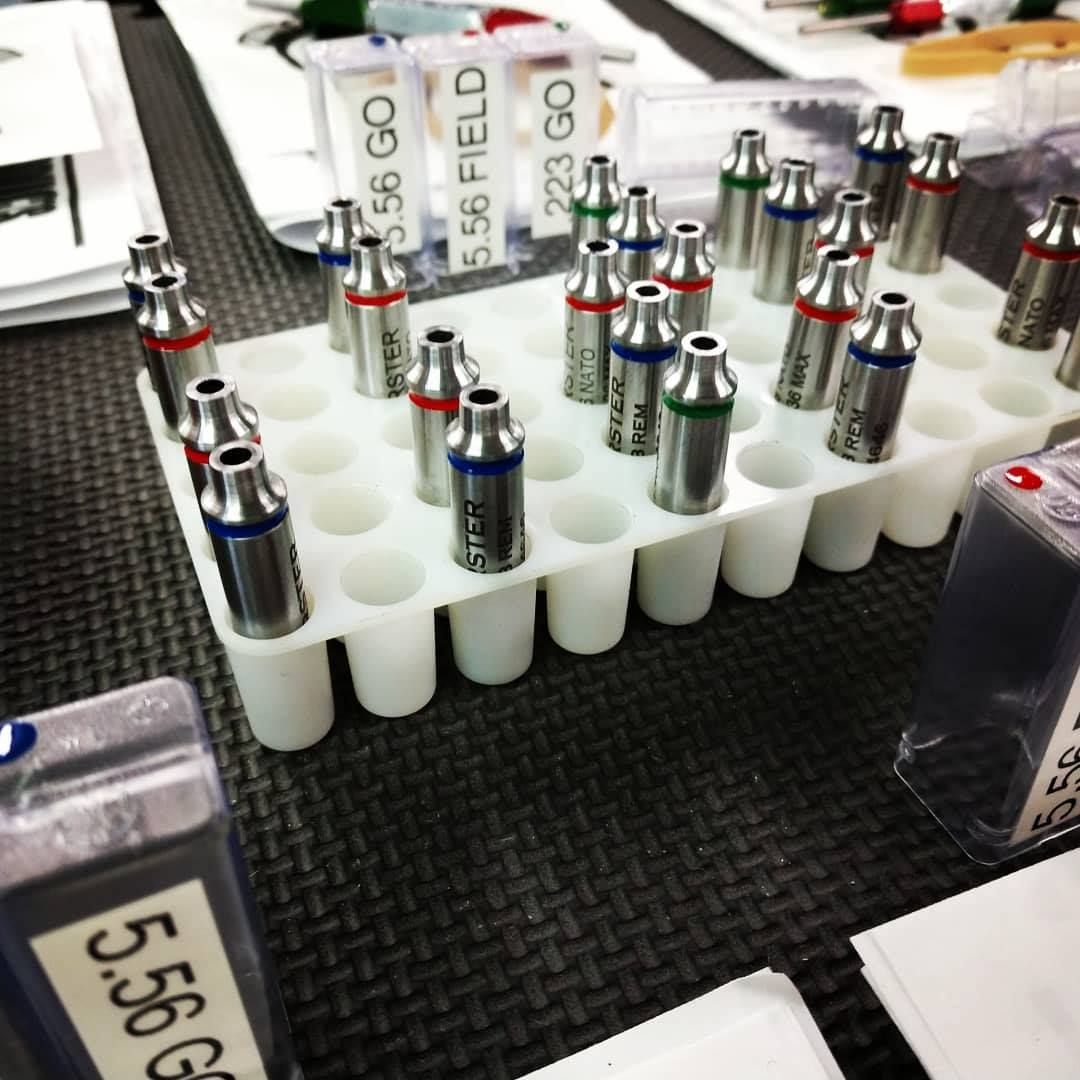
Common AR-15 Myths – The “Good Enough” Mentality
Also, if you get on social media, what you’ll see is a lot of the “good enough” mentality. They’ll get online and spread common AR-15 myths like the idea that their cheap stuff is just as good as the expensive stuff. On the flip side, then you have people that do buy the expensive stuff. You’ll find that they just assume that it’s “quality” because they have purchased it from a certain company.
They don’t realize that there still could be something that they need to check or gauge before they go trusting it. That’s not good if it’s a rifle that’s going to be used for self defense, or used by someone in law enforcement.
If this is a rifle built for serious use, you cannot just assume things. You will always see problems with companies…even good companies. You just see them with lesser frequency. As such, the buyer and builder needs to be aware, not buy into common AR-15 myths and not be complacent.
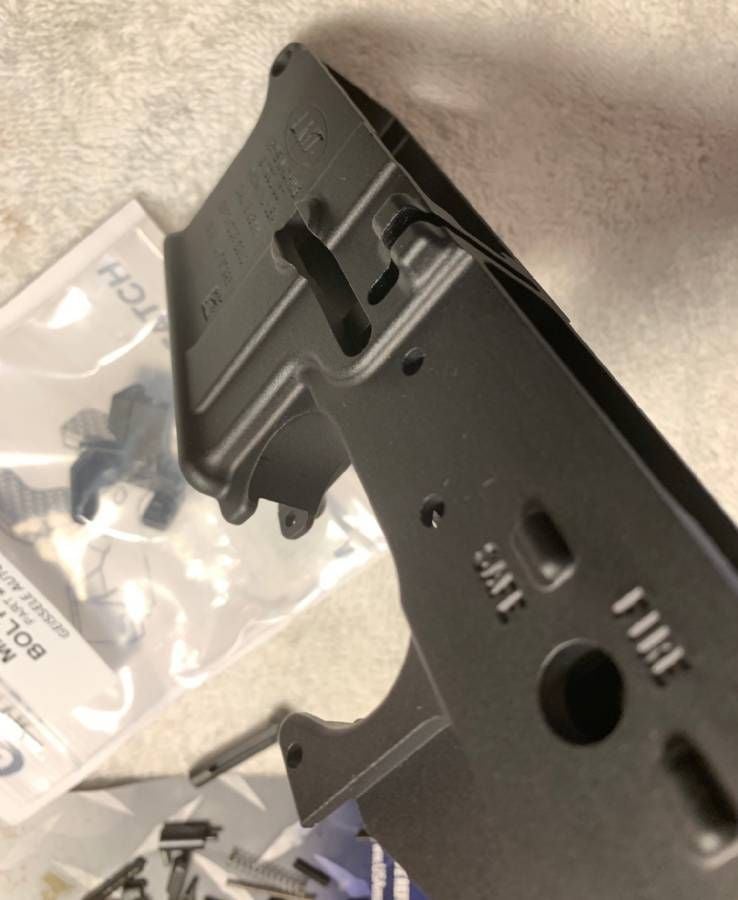
Q: A common AR-15 myth that I see is that brand is not important because parts are “all made by the same people”. I’d like your take on that.
Chad Albrecht – School of the American Rifle: With some of the budget-based lowers, and I won’t mention any names, but If I have four students in a class that have brought those lowers, more than likely I am going to have a serious problem with one of those lowers out of the four.
Q: What sort of problems?
Chad Albrecht – School of the American Rifle: It can be to the point where we actually have to break out a reamer or a drill or we have to lathe something in order to get something to fit.
If I were to question the person as to why they purchased that lower, 9 times out of 10, they will tell me they purchased it because it was affordable or because it was on sale.
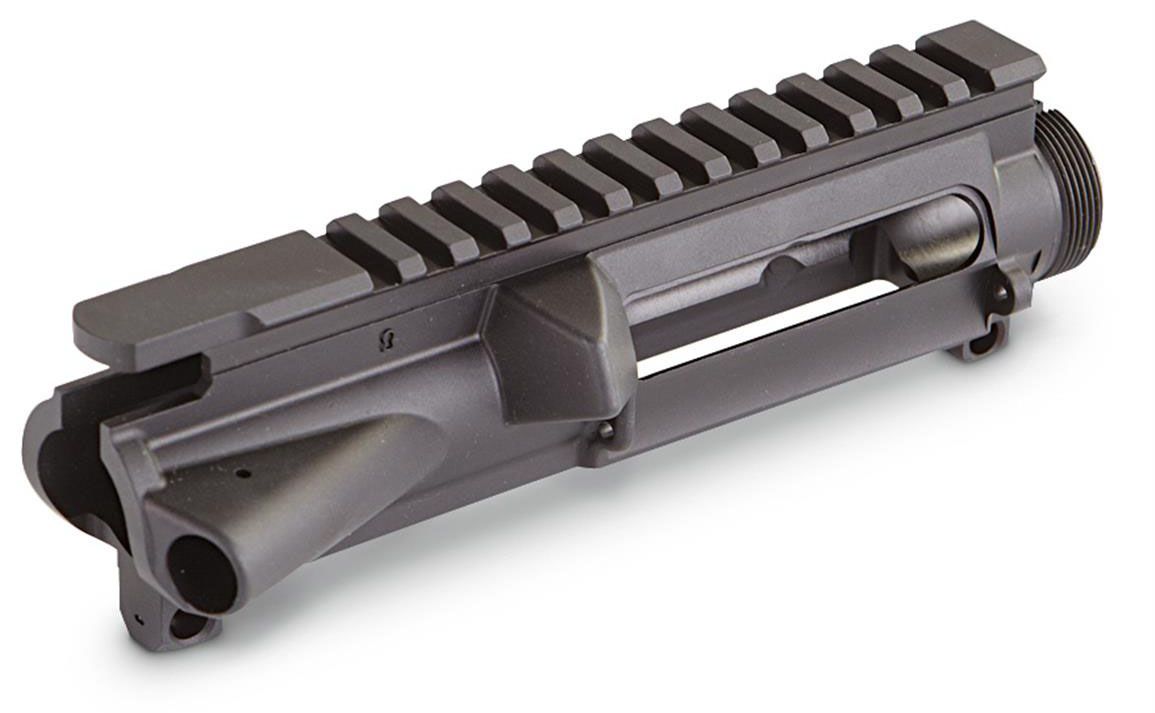
They’ll then tell me that it is no matter because that same company “gets their products from the same company that forges items for Colt or FN. It has the same little forge mark so therefore it is the same thing.”
But what they fail to understand is just because the product was forged by somebody does not mean that it was finish machined with the same quality. It does not mean the same quality control procedures were in place before it left and went to the consumer.
“It’s a bit like grading meat…”
I try to explain it to people that it’s a bit like grading meat. You go to the butcher or the grocery store, you are going to encounter different grades of meat. If you buy cheaper meat, you are going to need to put some more work into it to make it taste good. Perhaps it does not have enough fat content.

I know that is kind of straying off the path from talking about guns but I try to use analogies in my class, whether it be a vehicle analogy with maintenance and things like that so that it makes sense to people.
Common AR-15 Myth – Small Parts Don’t Matter
I’ve found the meat analogy does make sense because folks do understand that there are certain grades. But like I said in the last article we did, I can’t prove it, but I’m personally convinced a lot of the cheaper stuff is imported.
I see a lot of cheaper quality out there as far as springs, small parts…the little stuff that people assume is not a big deal. To that, I’d just remind those builders out there that the gun is really nothing more than a collection of parts. If the gun is something you may call on for something serious, you don’t want that little spring or that little part failing.

Q: It’s a term that gets thrown around, but what does “quality control” mean to you?
Chad Albrecht – School of the American Rifle: To me, it means they’ve put enough homework into the product to know that there is always going to be some variables if not all of their components are used.
So if you are an AR manufacturer and you are not making anything, but rather sourcing from OEMs from other places, but you’re going through and you’re gauging things and you’re making sure everything that you produce works together, that’s fine, but you also have to take in to account the variances that are involved in the rest of the producers that put things out.
That is very difficult. So, if you are geared more towards producing a precision barrel, making the chamber tight, the throat short…the headspace tight closer to .223 specs than 5.56, then someone buys a barrel that you did not recommend that is let’s say, hard chromed, now the gun won’t chamber a live round.
That’s not necessarily a quality control issue, but it could be better explained to the consumer so that they are more educated. So, I think there’s more education that’s needed.
Q: Looking at what you do, I’d say this need for education is where someone like yourself could come into play, correct?
Chad Albrecht – School of the American Rifle: I’ll say this…If manufacturers were doing a better job of educating the customer on the product, it wouldn’t be necessary for people like me to teach people certain things.
Also, if they were more straightforward about where they source things from. Say a company is using Microbest for their bolt carrier groups, to me, it would make sense for them to say that…but there’s a lot of secrecy involved in the industry and I understand that. It can be a cut-throat thing and you have to keep a lot of your trade secrets close to your chest, but I think it’s still a huge problem.
Common AR-15 Myth – Manufacturer Instructions are Sufficient
Another thing I would use as an example is a trigger. Let’s say you buy a Geissele SSA trigger and you drop it into your lower. Before you dropped it into your lower, the gun was working fine. And now, all of a sudden you are having light strikes, or the gun is failing to reset.
The instructions for Geissele are very, very basic. They don’t teach you to check that the fire control pocket is wide enough to accept the hammer so it doesn’t bind. They don’t teach you to make sure the pins float…if they don’t float and they bind up, the gun gets fouled and is not lubricated properly it can cause the gun to not to reset, it can cause the lock time to slow down a little bit and the ignition process won’t happen properly because the hammer is not moving fast enough.
So, It goes beyond making sure that the part it made right. It involves instructing people how to install it and minimize the amount of problems they have with it.
Q: What parts would you recommend builders research and learn about first?
Chad Albrecht – School of the American Rifle: To me, it’s the barrel and the bolt. Those are the heart and the spinal cord of the weapon. I guess you could also call it the central nervous system. If you don’t select a good bolt, the weapon is not going to work. If the barrel you choose is not right, it’s not going to chamber, it’s not going to extract.
You can have an accurate barrel that still does not allow for reliable function. So, the barrel and the bolt are two key things. Now, I can say without any question that I have had countless people buy 80 dollar on-sale barrels that shoot phenomenally accurate groups and they just work and work and work. These people took the classes and we tweaked things and we made sure that everything was right.
There are guys that throw together $400 ARs that shoot fantastic and they claim that they work…It’s an assumption we have to make based on what they are saying, even though they may have only put a couple of magazines through the gun.
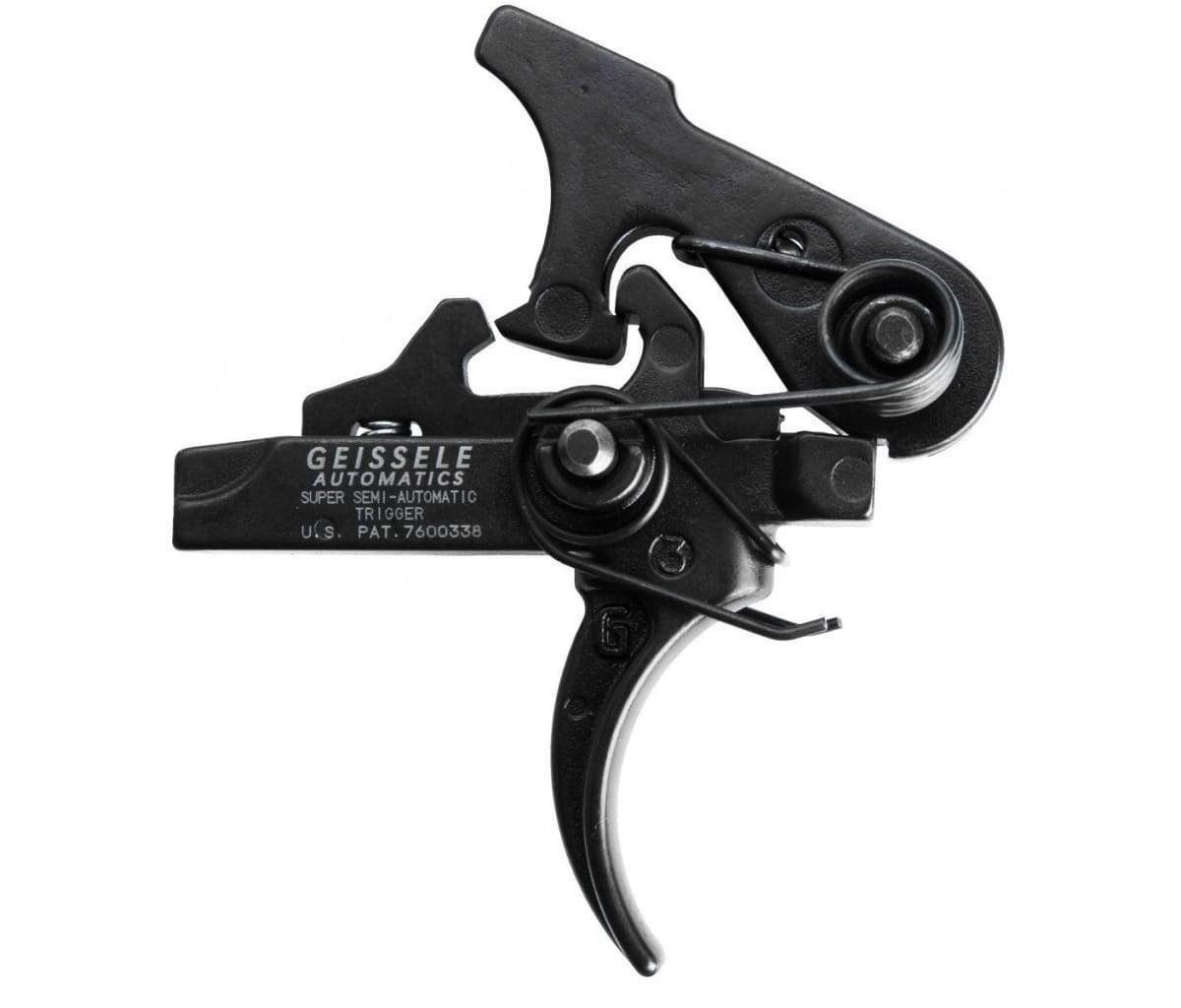
Beyond the barrel and the bolt is the trigger. There’s 100 different triggers on the market and there’s only a handful that I trust. That’s something that irritates me. The factory fire control group is one…and then there’s a few companies. I like Geissele triggers…LaRue triggers. For the most part, I’m not a fan of the drop-in or cassette triggers. I see a lot of problems with those. When I say that, I know it irritates a lot of people. It hurts their feelings (laughs).
Q: Hurt feelings…I see that a lot. Speaking of common AR-15 myths, one is perhaps that when most people ask questions, they want serious answers. What I see more is people seeking validation.
Chad Albrecht – School of the American Rifle: That’s certainly something that I see as a problem within the AR world. People will ask for advice but they’ve already made the decision of what they want and what they’re going to buy. They just want confirmation of of their purchase and if you give any critical feedback…not necessarily being mean…but if you give critical feedback on issues you’ve seen, they take offense to it.
So, it can be hard to teach people because they are offended by what you are saying. It makes it sometimes difficult to share knowledge with people.
Q: So, why take your armorer’s course?
I’m not the only source of information. I tell people there are other very good schools that teach these things. I would tell them at the minimum if they don’t want to take a course, they should at least get a more U.S. Military Training Manual…the 23&P manual. They should read that, watch some videos put out by more reputable people, not just “Joe Blow YouTube Guy.” Brownells has some really good videos. Now, there’s always things in these videos that could be tweaked, but for the most part there’s not dangerous information if you follow the trustworthy sources like that.
Common AR-15 Myths – Does Experience Really Mean Knowledge?
As far as why take a course? If you were going to take driving lessons from someone, or if you were going to take culinary classes…if you take them online, you’re really not going to get any feedback from someone who has lived and breathed it. So, it can be a false confidence. That’s where instruction can come into play.
That said, It’s hard to know the value that you’re getting from taking a course from someone. Anyone can say they are going to give you the best information possible…but they could be giving you bad information. They could have been doing it for 30 years, but they could have been doing it for 30 years the wrong way. (laughs). It’s one of these things where you need to talk to people in the industry and find out who they trust.

Q: Online, I’ve found that even among those who know what they are doing, sometimes they are not always the most helpful.
It can most certainly be a rough community. The guys that have been doing it a while…they get impatient. So, let’s say you join a group community on Facebook and you come on and say “Hi guys, I’d like to learn how to build a gun”. A lot of the guys that have been doing it a long time are burned out by the “good enough” crowd not listening to them that they really don’t feel like giving advice anymore.
So, then the new guys get on the defense because they think the guys that have been doing it a long time are snobs or they really don’t have any useful information. What it does is it creates a constant conflict of people who are new to the AR world and need information, and the people who have the information but maybe they learned it the hard way and they want to keep it close to the chest, or somebody who wants to blow smoke and pretend to know something that they don’t and they give out bad advice, and somebody ends up with a polished turd of a rifle.
Q: So, any advice on where people should go for good information?
Sadly I would say that William Larson was one of the people I pushed a lot of folks towards. Unfortunately he passed away recently.

Beyond that, I tell people to get into factory certified courses. There are ones you can take that don’t require you to be a DOD employee or law enforcement. These courses are good and I never hear anything bad about them, although they are very basic compared to things that I offer…That said it’s very hard for me to say who to trust.
My best advice is people just need to be a little more open when it comes to getting education…Look for people who can give you an answer but then give you the reason why. Look for someone with a good resume. If people ask me how many ARs I’ve worked on, well to date I’ve worked on about 11,000. You want to find someone with experience. Now that said, I still learn from people who have only been working with ARs for only a few years. Even new guys teach me things sometimes.
Common AR-15 Myths – You Know it All Already
I think the biggest problem is a lot of people are very close-minded. They received training from somewhere and they then think that they know it all. That’s a huge problem. Either they’re new and they don’t think they need to know, or they’ve been doing it a long time and they think they know everything.
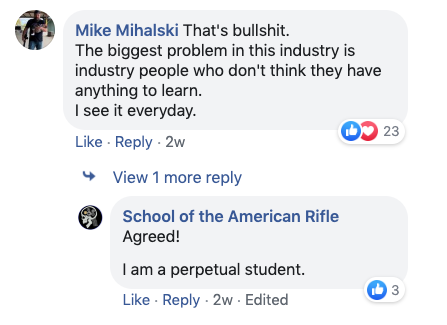
I’d implore anyone who reads your articles to just be a little bit more open minded and maybe along the way they will learn something that can be helpful to them down the road.
###
